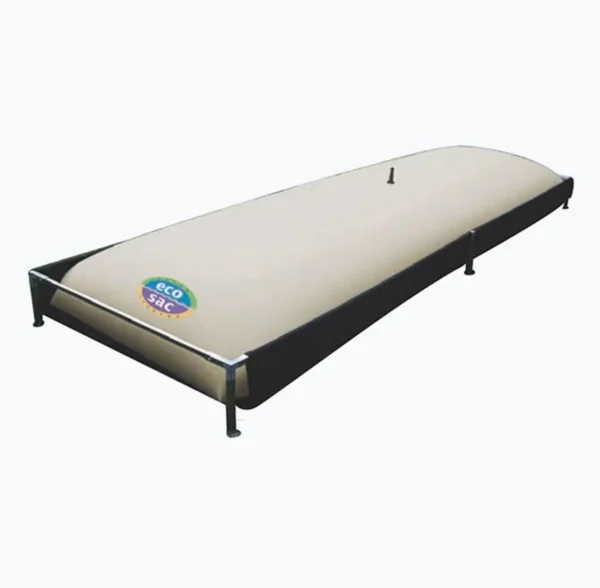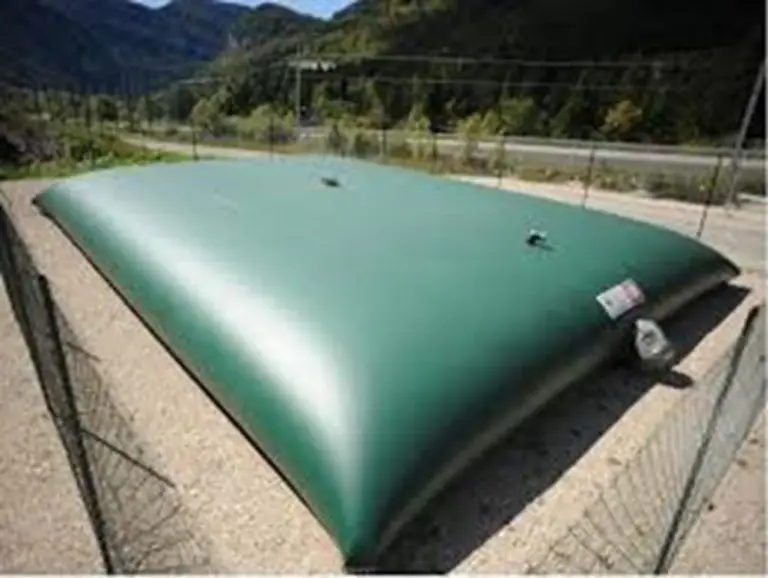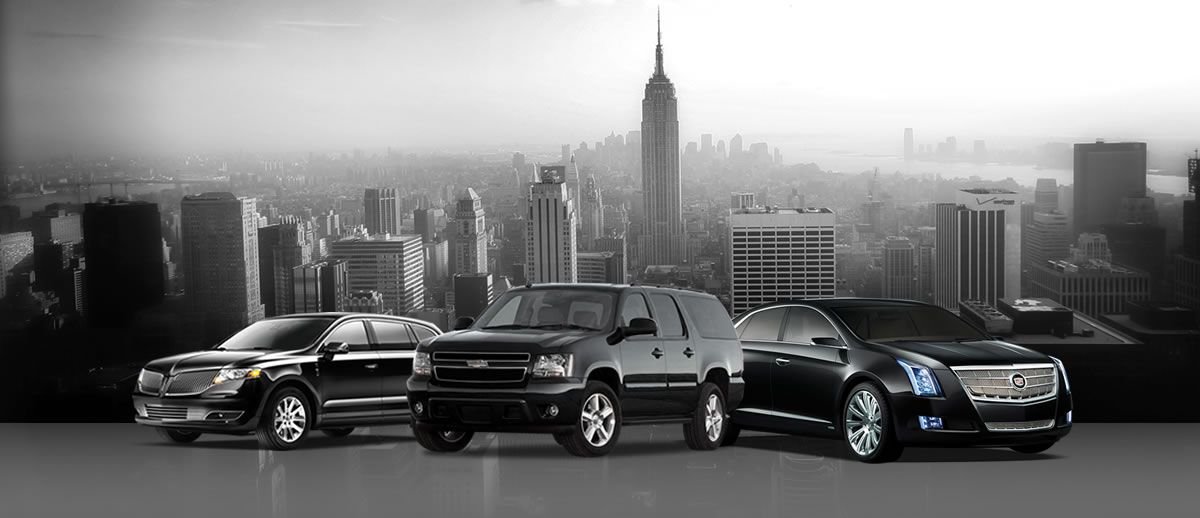Have you ever found yourself in a situation where you need a short-term water supply, but you’re unsure how best to store it? Perhaps you’ve been involved in a construction project, or maybe you’ve handled emergency relief planning in your local community. These scenarios often require a reliable yet flexible way to hold water, especially when traditional methods seem too bulky or expensive.
In this post, we’ll explore why a water bladder tank is such a great choice for temporary water storage. We’ll investigate the core features that set bladder tanks apart from other options, how they can be installed, and the types of projects they support in Australia. By the end, you’ll have a clear understanding of the pros, potential pitfalls, and practical steps to make the most of these versatile tanks.
Along the way, we’ll also answer some of the top questions people have about water bladder tanks. Whether you’re curious about safety, sizes, or even whether they can store drinking water, we’ve got you covered. So, let’s dive into the fascinating world of bladder tanks—and discover why they could be the perfect fit for your next project.
Understanding Water Bladder Tanks
A water bladder tank is a collapsible container designed to hold large volumes of water without requiring a rigid structure. Often made from robust and flexible materials, these tanks fold or roll up for easy transport. Once on-site, they can be laid out and filled, creating a temporary reservoir capable of holding anywhere from a few hundred to tens of thousands of litres.
The main attraction is their ability to adapt to different spaces. Unlike traditional storage tanks, which need flat ground or permanent fixtures, bladder tanks conform to the surface on which they rest. This flexibility allows them to fit in a variety of locations, including uneven terrain.
How Do Water Bladder Tanks Work?
Bladder tanks work by distributing water evenly within a strong yet pliable material. When filled, they expand to accommodate the volume of water, essentially becoming a self-supporting container. Many designs include valves and hoses for filling and draining, making it simple to manage water flow.
Because of their straightforward design, set-up often requires minimal manpower or tools. In essence, you just lay the tank out, connect the filling equipment, and make sure the surface is free of sharp objects. Once water comes in, the bladder rises and takes shape, creating an instant storage solution.
Why Are Water Bladder Tanks Ideal for Temporary Water Storage?
Bladder tanks have a reputation for being more convenient than old-school alternatives like metal or plastic barrels. For starters, they’re lightweight and easy to transport. You can roll them up, pack them into a modest-sized vehicle, and move them wherever needed.
Moreover, they require far less space when empty. Traditional storage tanks are bulky, even if they’re not in use. In contrast, a water bladder tank folds away neatly until it’s time to fill it up again. This makes them superb for rapid deployment in emergencies or ad-hoc projects where long-term installations aren’t practical.
Affordability and Flexibility
A water bladder tank is typically more cost-effective than building a permanent water tower or installing a hefty cylindrical tank. Plus, the flexibility of bladder tanks allows you to adjust capacity or shape to suit each specific task. If you only need a temporary solution, you can save on ongoing costs tied to maintenance of rigid tanks.
Transport and setup are usually straightforward, lowering labor expenses. If you’re concerned about budget but still want reliable water storage, water bladder tank are often the go-to option. Over time, their minimal upkeep requirements can also translate to savings.
Are Water Bladder Tanks Safe?
One common question is whether water bladder tank are safe. Generally, they are built with tough materials designed to cope with significant volumes of water. Their reinforced seams prevent leaks, and many are made from UV-stabilized fabric to resist the harsh Australian sun.

That said, safety depends on proper use. You must keep the area free of sharp objects that could puncture the bladder and follow the recommended filling limits. When used correctly, bladder tanks are quite secure and pose little risk to the surrounding environment.
Standard vs. Customised Options
Many companies offer standard water bladder tank models with fixed capacities, typically ranging from a few thousand to tens of thousands of litres. These are more affordable and available off-the-shelf for customers who need a quick solution.
How to Choose the Right Water Bladder Tank
Before investing in a water bladder tank, work out how much water you really need. Will you be using it for small-scale gardening or for a large construction project? Overestimating capacity can lead to a heavier, more expensive tank that you don’t fully utilize.
However, underestimating capacity can leave you short during peak usage times. It’s vital to strike the right balance. One approach is to calculate your daily water usage and multiply by the number of days you plan to rely on the tank. This quick exercise offers a clear starting point.
Conclusion
When it’s all said and done, water bladder tanks offer a practical, cost-effective, and highly flexible way to store water on a temporary basis. Their portability sets them apart from more rigid solutions, allowing you to move them from one place to another with relative ease. From construction sites to farms and emergency situations, these bladder tanks prove their worth in real-world conditions across Australia.
The bottom line is that choosing the right bladder tank boils down to understanding your specific needs. Consider your water usage, the length of time you’ll be storing water, and any local council requirements. By following standard care practices—like routine inspections and careful cleaning—you’ll keep your tank running smoothly for years.
If you’re still on the fence, remember that you can start small. Give bladder tanks a try for a short project or as an emergency backup. Chances are, you’ll quickly appreciate how these flexible tanks can simplify your water storage challenges. From keeping livestock hydrated to ensuring a reliable drinkable water source, water bladder tanks genuinely shine when it comes to temporary water storage in Australia.




Leave a Reply